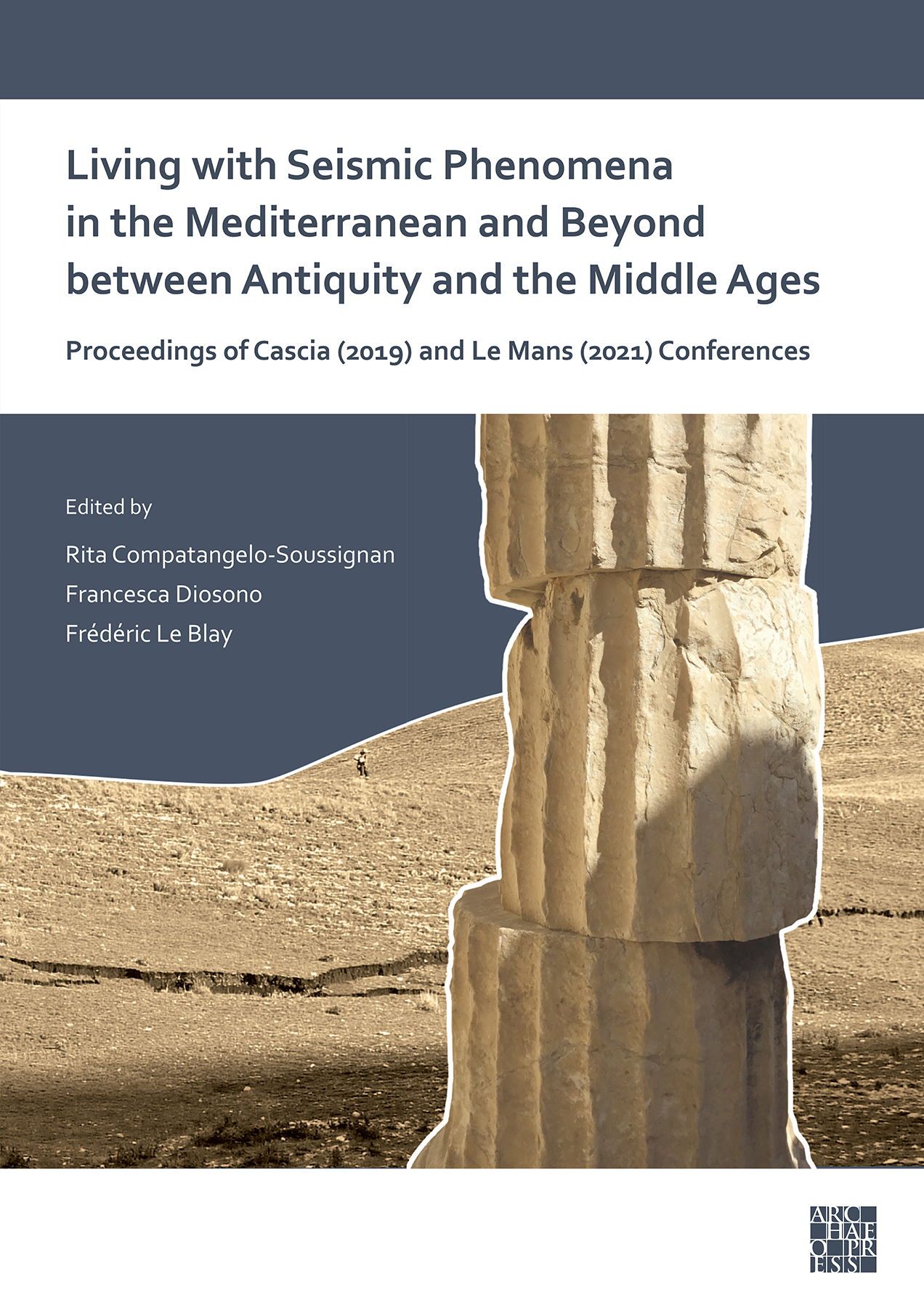
This article is the first attempt to integrate historical, archaeological, and seismological/vulcanological data from the area from the late Republic to late Imperial period. The study reveals that rising of the crust ceases between the end of the first century BC and the beginning of first century AD, and that the Puteoli coast begins to sink between 150 BC and end of first century AD, leading to Roman engineering interventions to protect the via Herculanea from encroachments of the Lucrine lake and the construction of Portus Iulius. By the end of the first century BC seismic events in Campania increase and adjustments to structures at Baia indicate reactions to the sinking of the coastline. By the third or fourth century AD the Lucrine lake had become a bay.
C. C.